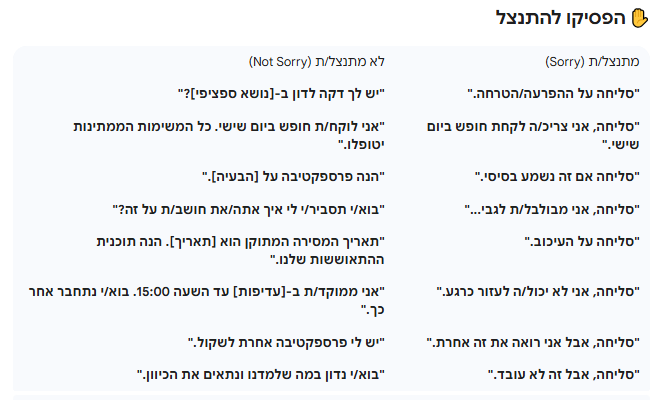How to Write a Powerful Creative Brief
- מאיר פלג
- Jun 15, 2023
- 2 min read
A creative brief is a document that outlines the goals and objectives of a marketing campaign, as well as the target audience and desired outcome. It is used to communicate the client's needs to the creative team, and to ensure that everyone is on the same page.
A well-written creative brief can help to ensure that a marketing campaign is successful. It can help to:
Save time and money by avoiding unnecessary revisions and rework
Increase the chances of success by ensuring that everyone is on the same page
Improve communication between the client and the creative team
Here are some tips for writing a powerful creative brief:
Start with a clear objective. What do you want to achieve with this marketing campaign? Are you trying to increase brand awareness, generate leads, or drive sales?
Define your target audience. Who are you trying to reach with this campaign? What are their needs and wants?
Research the competition. What are your competitors doing? What are they doing well? What could they be doing better?
Develop a creative strategy. What kind of message do you want to communicate? What tone and style will you use?
Set clear deliverables. What do you expect from the creative team? What kind of assets do you need?
Get feedback. Once you have a draft of your creative brief, get feedback from your team and the client. Make sure everyone is on the same page before you move forward.
A creative brief is an essential tool for any marketing campaign. By taking the time to write a well-written brief, you can increase your chances of success.
Here is a more detailed breakdown of the key components of a creative brief:
Background: This section provides an overview of the company, its products or services, and its target audience.
Problem: This section identifies the problem that the marketing campaign is trying to solve.
Solution: This section outlines the solution that the marketing campaign is proposing.
Target Audience: This section describes the target audience for the marketing campaign.
Competitive Landscape: This section analyzes the competitive landscape and identifies the strengths and weaknesses of the competition.
Brand Positioning: This section defines the brand's position in the market and identifies the key messages that the marketing campaign will communicate.
Creative Strategy: This section outlines the creative strategy for the marketing campaign, including the tone, style, and overall look and feel of the campaign.
Call to Action: This section specifies the desired outcome of the marketing campaign, such as increased brand awareness, website traffic, or sales.
Evaluation Criteria: This section defines the criteria that will be used to measure the success of the marketing campaign.
By including all of these key components, you can write a creative brief that will help to ensure the success of your marketing campaign.




Comments